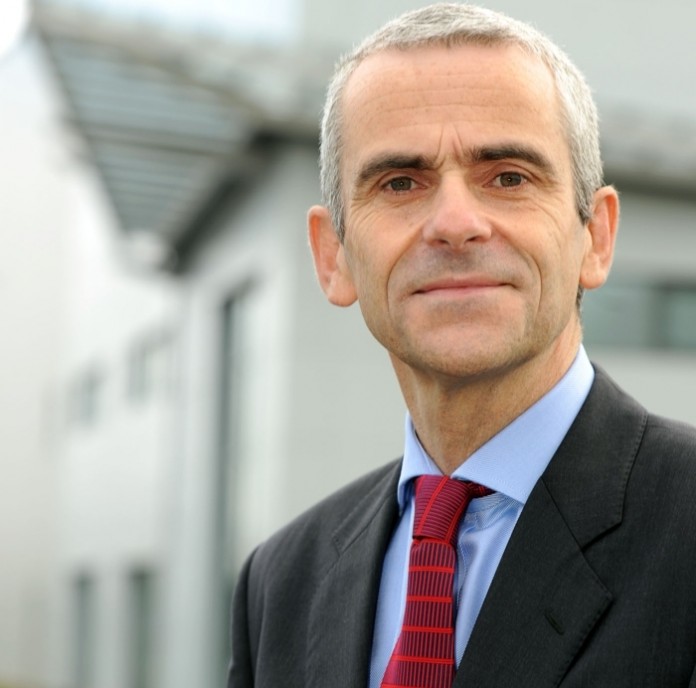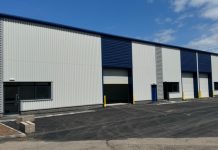Almost half of all big shed industrial-sector real estate activity in the first half of 2017 was fulfilled in the Midlands.
The latest Industrial Intelligence report from GVA, has revealed that national take-up of big sheds (those over 100,000 sq ft) amounted to 11 million sq ft during the first half of 2017, just below the five year average of 11.3 million sq ft.
Of those, just over 5 million sq ft was completed in the Midlands with key deals including 645,000 sq ft to XPO Logistics in Tamworth and 550,000 sq ft to Jaguar Land Rover at the Tyre Fort in Birmingham.
Alongside JLR, Michelin and Aston Martin secured significant lettings in the Midlands, driving the increased share of activity from the manufacturing sector up to 28% of the total.
The retail sector was once again led by activity from online retailer Amazon, amounting to 2.3 million sq ft (or 20% of total big shed take-up) in five deals, including 434,000 sq ft at Lyons Park, Coventry.
Existing supply of Grade A units remains constrained, but has increased over the past year with H1 2016 marking a peak of the speculative development cycle with 5 million sq ft brought to the market nationally.
While this is slightly down on H1 2016, that was a record-breaking period, driven by high levels of acquisition from Amazon. A fall in institutional funding, reduced developer risk and the industry’s ability to provide design and build solutions more quickly has meant the level of speculative completion has slowed to 3.3 million sq ft.
David Willmer, GVA, said: “Overall, general demand for big sheds remains robust with a number of enquiries for existing units, design and build and land acquisitions ongoing, particularly from etailers, retailers and manufacturing companies.
“The availability of larger units is sufficient to cover current demand in a number of areas, however the Midlands continues to suffer somewhat from a lack of high quality sub-100,000 sq ft stock, for which there’s strong demand from the manufacturing, automotive component and last mile internet delivery sectors.
“While the level of speculative development has fallen slightly, it’s important to stress that this message should not be construed as downbeat. We’ve moved from a record-breaking level of speculative development which peaked in H1 2016 and there is still an active speculative development programme in place.
“Demand for further development sites continues to be strong, from both developers and many investors, driven by strong occupier demand with robust capital values and rental growth continuing to keep development viability healthy. However, we do expect the recent easing off in speculative development activity to continue into next year.”
Levels of take-up are expected to be stronger for the second half of the year with some very large requirements expected to sign.





















